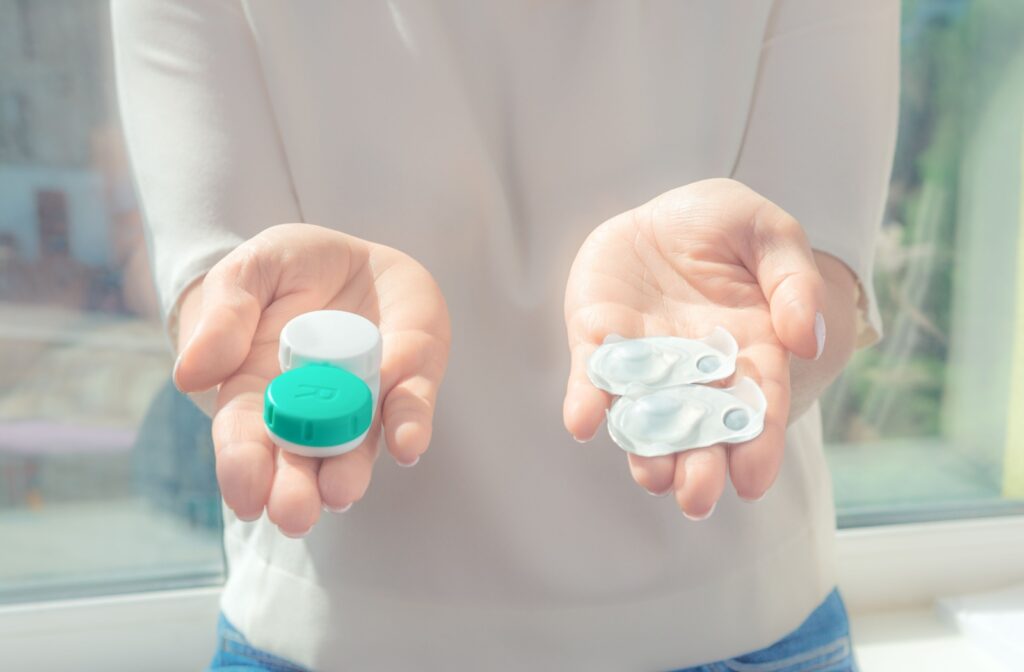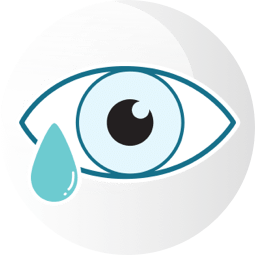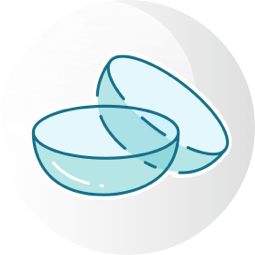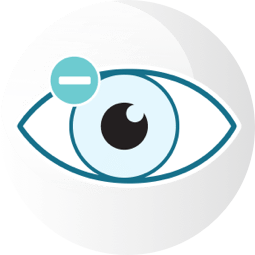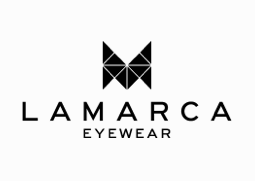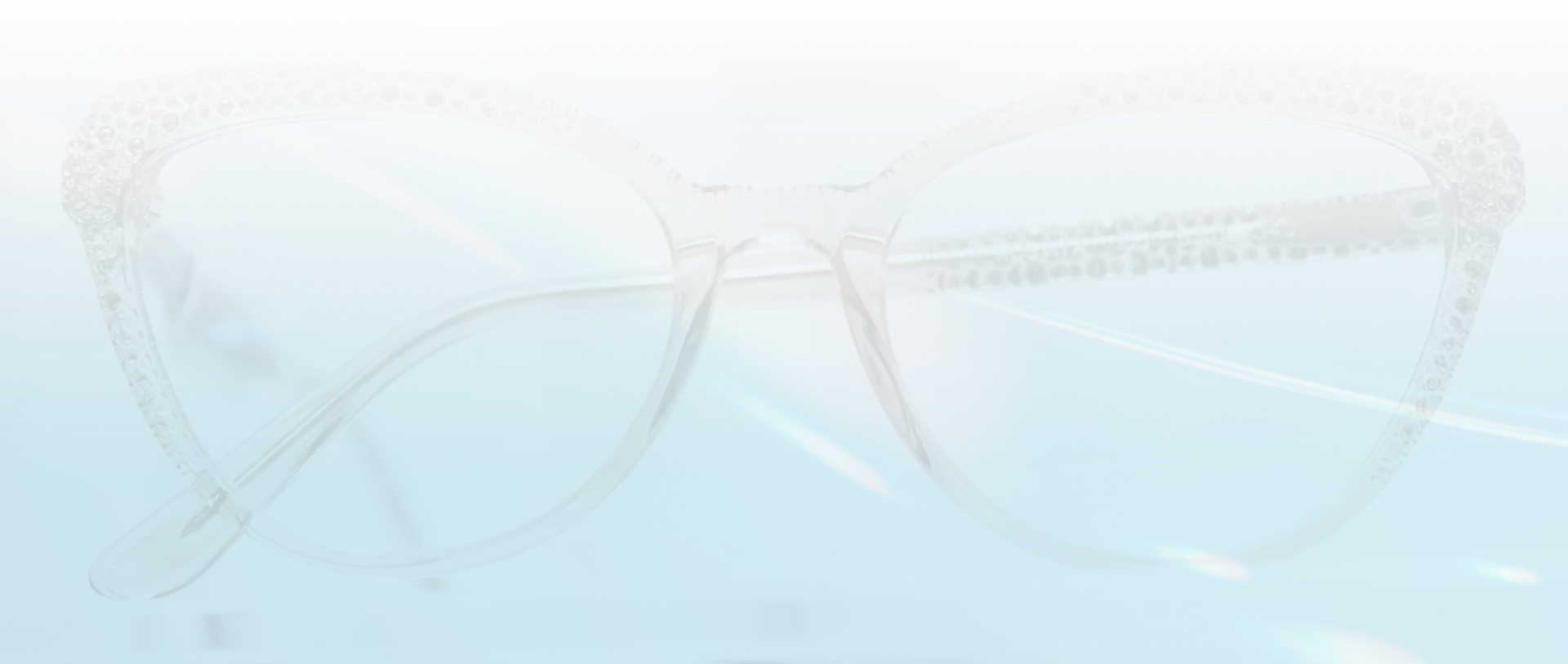Living with dry eyes can make wearing contact lenses frustrating. The discomfort, redness, and itchy sensations impact your vision and daily life. However, there’s good news if you regularly struggle with dry eyes and aren’t ready to give up on contacts. Thanks to technological advancements, many contact lenses, like soft contact lenses, daily disposable lenses, and scleral lenses, are designed to keep your eyes hydrated and comfortable.
What Causes Dry Eye?
Dry eye occurs when your eyes don’t produce enough tears or when the tears evaporate too quickly. Healthy tears are essential for keeping your eyes lubricated and protected from environmental irritants. Common causes of dry eye include:
- Prolonged screen time without regular breaks can reduce blinking.
- Environmental factors like dry air, wind, or air conditioning.
- Aging, hormonal changes, or certain medications can decrease tear production.
- Underlying health conditions such as Sjögren’s syndrome or blepharitis.
- Wearing the wrong contact lenses that don’t allow sufficient oxygen to reach your cornea.
If you’re experiencing chronic or severe dry eye, it’s essential to identify the cause and address it accordingly.
Best Contact Lenses for Dry Eyes
Not all contact lenses are created equal for dry eyes. Choosing the right type can make a world of difference in terms of comfort.
Soft Contact Lenses
Soft lenses, especially those made from silicone hydrogel, are popular for individuals with dry eyes. Silicone hydrogel lenses have high oxygen permeability, which allows more air to pass through to the cornea, improving eye hydration. These lenses are also designed to retain moisture, making them a good option for dry eye relief.
Why they’re great:
- Comfort for extended wear
- Better oxygen flow to the eyes
- Retain more moisture than traditional hydrogel lenses
Daily Disposable Lenses
If dry eyes are a persistent problem, daily disposable lenses may be your best solution. Fresh, clean lenses daily eliminate the buildup of deposits and allergens that can aggravate your eyes over time. Daily disposables are single-use, so you can start fresh every morning without worrying about drying out.
Why they’re great:
- Perfect for sensitive eyes
- Lower risk of irritation from deposits
- No need for cleaning or storage solutions
Scleral Lenses
Scleral lenses offer a more advanced solution for severe dry eyes. They are more significant than standard lenses and rest on the sclera (the white part of the eye) rather than directly on the cornea. This design creates a fluid reservoir beneath the lens, continuously hydrating the eyes.
Why they’re great:
- Provide all-day hydration
- Ideal for severe dry eye or irregular corneas
- Protect the cornea from further dryness
Contact Lenses: Factors to Consider
Choosing the right contact lenses for dry eyes involves more than picking a popular brand. Every eye is unique, so consider the following factors when deciding.
- Material: Look for moisture-retaining materials such as silicon hydrogel or hybrid lenses with high water content.
- Oxygen permeability: Higher oxygen permeability means healthier eyes and less risk of dryness throughout the day.
- Replacement schedule: Daily disposables are preferred for dry eyes due to their freshness and decreased risk of irritation. However, if your lenses are compatible with your eyes, a bi-weekly or monthly schedule may work.
- Lifestyle needs: If you spend hours on the computer or outdoors, choose lenses designed to block UV rays and support hydration during prolonged screen time or exposure to dry air.
Working with your optometrist can help you find contact lenses that match your eye condition and everyday routine. We can provide care that is more tailored to your needs.
How to Care for Contacts & Prevent Dry Eye
Once you’ve found the perfect lenses, proper care can make all the difference in maintaining eye health and preventing dryness. Follow these tips to keep your contact lenses clean and your eyes feeling their best.
- Follow the lens schedule: Whether you’re wearing daily, bi-weekly, or monthly lenses, replace them as recommended to reduce buildup and irritation.
- Use a high-quality lens solution: Choose a solution that hydrates and cleans your lenses. Avoid generic saline solutions, as they don’t disinfect.
- Practice the 20-20-20 rule: When working at a screen, take a 20-second break to look at something 20 feet away every 20 minutes. This helps prevent dry eye caused by reduced blinking.
- Say no to sleeping in contacts: Even if your lenses are approved for overnight use, it’s best to remove them before sleeping to give your eyes a break and prevent dryness.
- Stay hydrated: Drink plenty of water to support your body’s natural tear production, and consider using a humidifier to add moisture to the air in your home or workspace.
- Use artificial tears: Lubricating eye drops can provide instant relief if dryness persists. Look for preservative-free options that are compatible with contact lenses.
When to Contact an Optometrist
If you’re still experiencing discomfort or dryness despite switching to more eye-friendly contact lenses, consult your optometrist. We can evaluate your eyes thoroughly, rule out underlying issues, and recommend additional treatments like prescription eye drops or specialized lenses.
Don’t ignore symptoms such as blurred vision, redness, or persistent irritation, as they could indicate a more serious condition.
At McCauley Celin Eyecare Associates, we know that having dry eye symptoms doesn’t mean giving up on contact lenses. Contact us today to book an appointment to see how we can help you find the best type of contact lenses for your needs.


